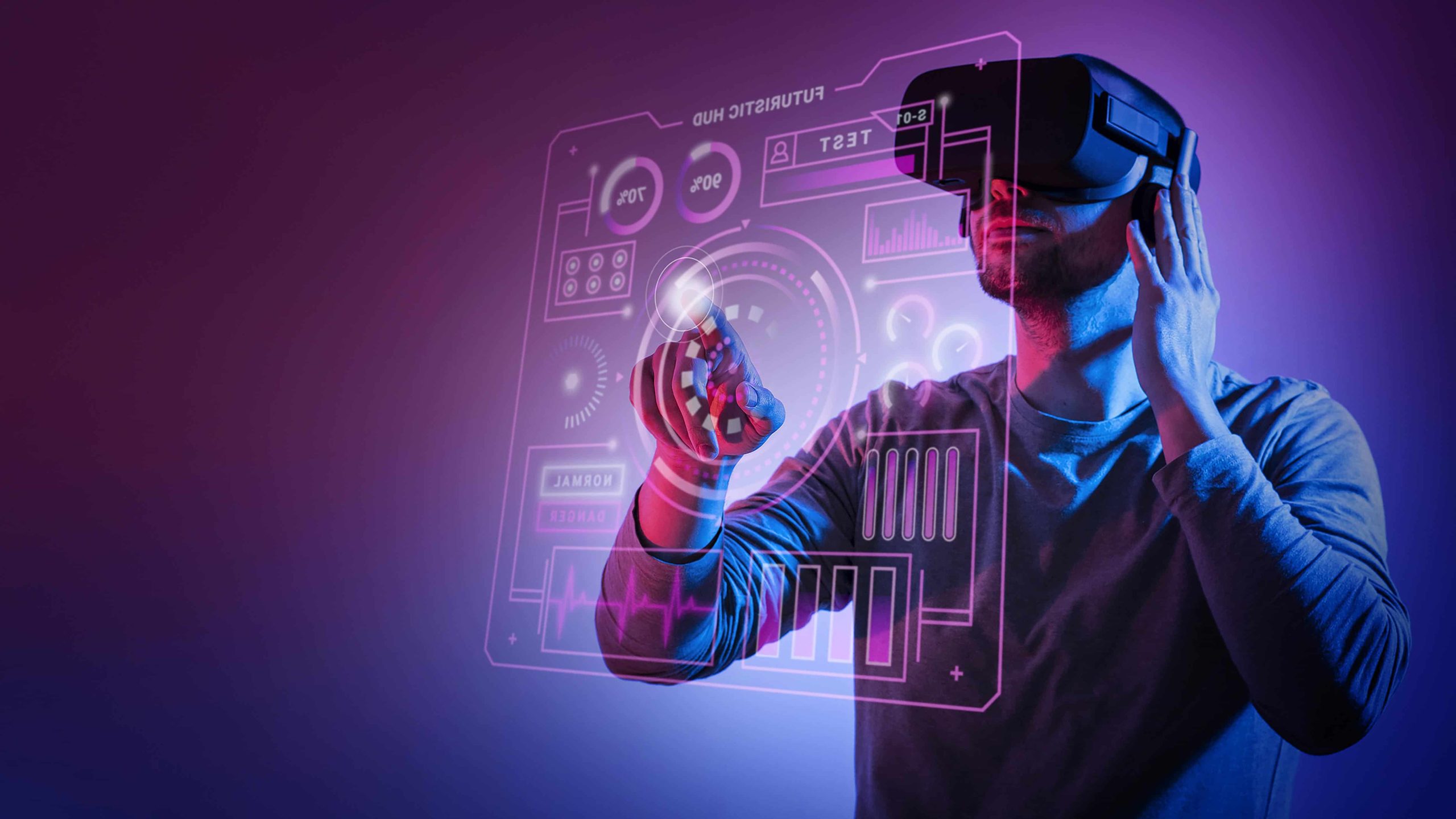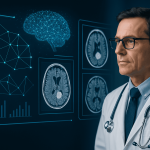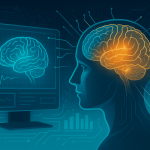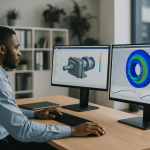
Photorealistic Neural Rendering for Next-Gen Simulations
Introduction
Photorealistic neural rendering is transforming how simulations are built and experienced. By merging artificial intelligence with advanced graphics processing, this technique generates hyper-realistic visual scenes in real time. Whether it’s for vehicle simulations, gaming, or industrial training, the impact on performance and realism is unmatched.
In this guide, we’ll explore what photorealistic neural rendering is, how it works, its role in vehicle simulations, its advantages over traditional rendering, and the trends shaping its future.
What Is Photorealistic Neural Rendering?
At its core, photorealistic neural rendering uses deep learning models specifically neural networks to create visual scenes that mimic real-world lighting, textures, and depth. Unlike traditional rendering, which relies heavily on mathematical modeling and painstaking frame computation, this approach learns from vast image datasets to produce results instantly.
By understanding patterns in real images, AI models can render environments with complex lighting, reflections, and dynamic elements in a fraction of the time once required.
For more AI-driven technologies in the automotive industry, check out our IoT Vehicle Simulation in Automotive Testing.
Photorealistic Neural Rendering in Vehicle Simulations
Vehicle simulation technology has long been used for driver training, engineering tests, and autonomous vehicle development. With photorealistic neural rendering, these simulations achieve a level of immersion previously impossible.
From simulating rainy nights on winding roads to reproducing intricate cityscapes, this technique makes virtual driving feel like the real thing. For self-driving AI training, it ensures the car encounters realistic lighting, traffic patterns, and weather variations key for safety and reliability.
Example: An autonomous driving AI trained using photorealistic neural rendering can adapt better to glare from sunset or shadows under overpasses compared to one trained with flat, static visuals.
Key Techniques in Photorealistic Neural Rendering
-
Neural Networks – Mimic human brain processes to enhance visual details.
-
AI-Powered Ray Tracing – Calculates light paths faster while preserving realism.
-
Data-Driven Models – Leverage real and synthetic images to train rendering systems.
Learn more about these methods from NVIDIA’s neural rendering documentation.
How Photorealistic Neural Rendering Replaces Traditional Rendering
Traditional rendering engines require manual scene setup, rule-based lighting calculations, and long rendering times—sometimes hours per frame. Photorealistic neural rendering disrupts this by generating frames on the fly, adapting to real-time inputs, and scaling to massive datasets.
For simulation developers, this means:
-
Less pre-production time.
-
Lower costs on repeated renders.
-
Faster iterations for testing and refinement.
For related topics, read about Real-Time Rendering vs Offline: Choose the Best Method.
Benefits of Photorealistic Neural Rendering for Simulations
Photorealistic neural rendering delivers several clear advantages:
-
Speed – Create detailed scenes in seconds instead of hours.
-
Scalability – Handle vast environments without performance bottlenecks.
-
Flexibility – Adapt simulations to new weather, terrain, and lighting instantly.
-
Cost-Efficiency – Reduce hardware and labor expenses in the long run.
-
Enhanced Accuracy – Simulations align closely with real-world conditions.
For example, autonomous vehicle developers can run thousands of test scenarios overnight, identifying and correcting potential safety issues early.
See how industry leaders are applying these techniques at Unity’s simulation tools page.
Challenges in Adopting Photorealistic Neural Rendering
While the benefits are significant, photorealistic neural rendering does come with challenges:
-
Hardware Requirements – High-end GPUs or cloud computing are often necessary.
-
Data Privacy – Real-world image datasets can raise privacy concerns.
-
Training Time – Building a high-quality model still requires extensive data preparation.
Synthetic data generation and hybrid rendering pipelines are emerging as solutions to reduce reliance on sensitive datasets and manage hardware costs.
Future Trends in Photorealistic Neural Rendering
Looking ahead, photorealistic neural rendering is poised to expand into VR, AR, and mixed reality platforms. For vehicle simulations, this means near-perfect realism that improves driver behavior studies, urban planning, and emergency training.
Trends to watch:
-
Hybrid Rendering Models – Combining traditional and AI methods for optimal balance.
-
Cloud-Based Rendering – Making advanced rendering accessible without local hardware upgrades.
-
Domain Expansion – Applying techniques to medical training, film production, and industrial design.
Stay updated with Google AI’s research publications for the latest developments.
Conclusion
Photorealistic rendering is reshaping how simulations are built, making them faster, more realistic, and more adaptable. For IT professionals, simulation developers, and automotive engineers, the technology offers a competitive edge by reducing costs, improving accuracy, and accelerating development timelines.
By integrating this approach now, you prepare for a future where simulations rival real-world experiences in both visual quality and performance.
FAQs
What makes photorealistic rendering better than traditional rendering?
It uses AI to learn from real-world image data, producing faster and more realistic visuals.
Can I use photorealistic neural rendering on a standard PC?
It typically requires powerful GPUs, but cloud rendering services make it more accessible.
How does it improve vehicle safety testing?
By creating realistic driving conditions, it helps autonomous systems train safely and effectively.
Is it limited to vehicle simulations?
No, applications include gaming, film, architecture, and medical imaging.
Where can I learn more?
Start with technical blogs, online courses, or documentation from leading AI graphics providers.
Author Profile

- Online Media & PR Strategist
- Hello there! I'm Online Media & PR Strategist at NeticSpace | Passionate Journalist, Blogger, and SEO Specialist
Latest entries
 Scientific VisualizationOctober 29, 2025Federated Learning Technology in Medical Privacy AI
Scientific VisualizationOctober 29, 2025Federated Learning Technology in Medical Privacy AI Scientific VisualizationOctober 29, 2025Brain Visualization Ethics: Balancing Innovation and Privacy
Scientific VisualizationOctober 29, 2025Brain Visualization Ethics: Balancing Innovation and Privacy Computer Aided-EngineeringOctober 25, 2025How 5G CAE Workflows Transform Remote Engineering
Computer Aided-EngineeringOctober 25, 2025How 5G CAE Workflows Transform Remote Engineering Data AnalyticsOctober 6, 2025Data Analytics Freelancing Success Tips for Professionals
Data AnalyticsOctober 6, 2025Data Analytics Freelancing Success Tips for Professionals

